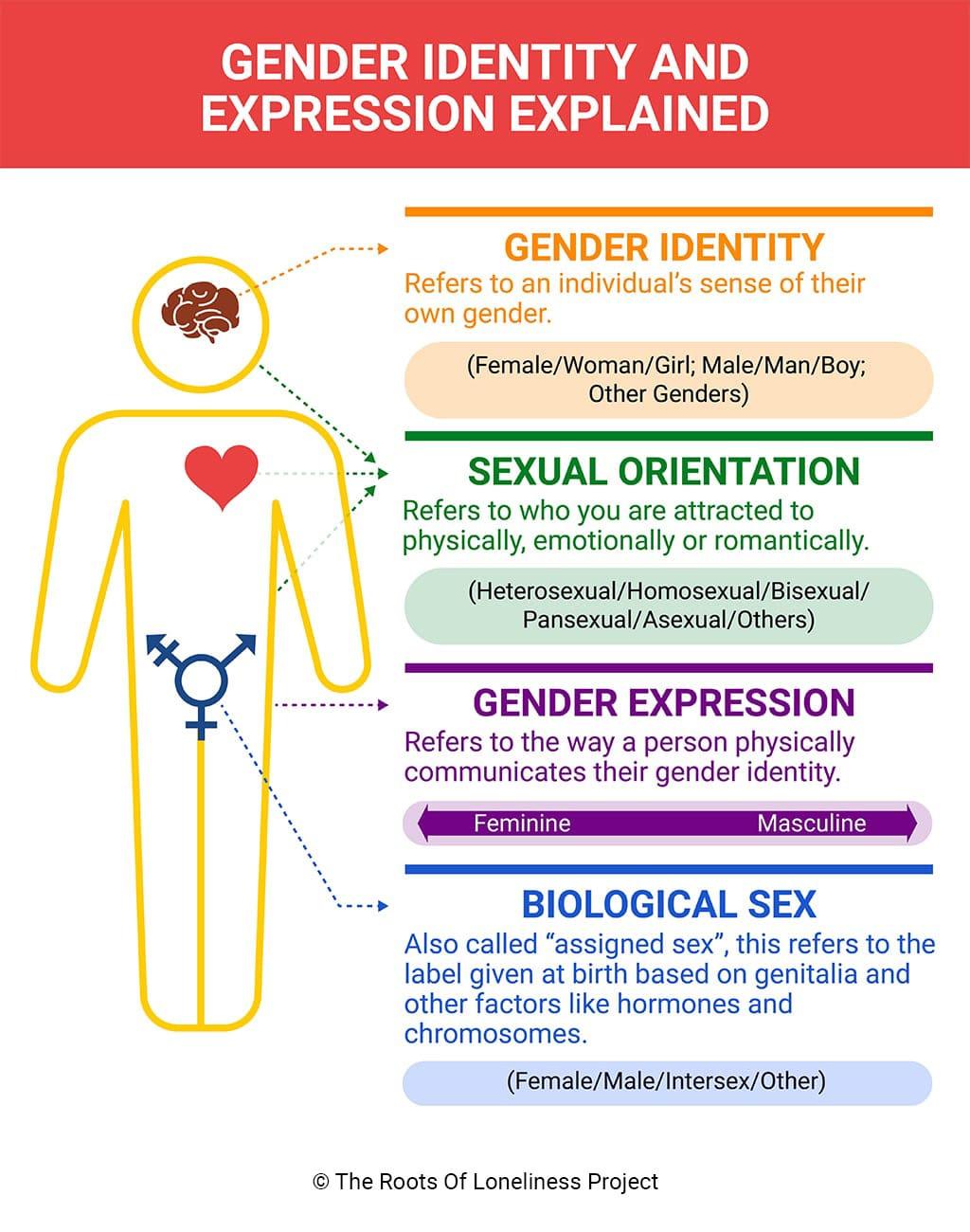PrEP Provider Toolkit
PrEP Provider Toolkit
Patient-centered approach
Review of gender-related terminology
Currently, there are different indications of which PrEP medication to use depending on the sex of the patient. Sex is not the same as gender, nor is it equivalent to, or indicative of, someone’s current anatomy, sexual orientation, or sexual practices. It is easy to confuse these terms which can affect internal biases, patient rapport, and overall quality of care. Therefore, it is worthwhile at this point to review gender-related terminology.
The term sex is used to refer to the designation that is given at birth based on biological factors such as sex chromosomes and genitalia present at birth. Typically, a person is assigned male at birth (AMAB) or female at birth (AFAB). A person may also be assigned intersex when there are conditions that make this determination ambiguous (e.g., congenital adrenal hyperplasia, androgen insensitivity syndrome, etc.).
There exist social constructs that are tied to a person’s sex which are sometimes called gender norms. These norms encompass things such as roles and expressions. For example, men have to be in positions of power or only women can wear makeup and dresses. An individual may not always identify or agree with these norms or their bimodality.
Gender identity refers to an individual's internal perception of where in the spectrum of gender norms they fit in most. Relatedly, gender expression is the external presentation of this concept - how a person chooses to look.
Someone whose gender identity is congruent with their sex is termed cisgender.
Someone whose gender identity is different from their sex is termed transgender.
A person whose sex is assigned male at birth (AMAB) but identifies as a female is termed a transgender woman (TGW), sometimes referred to as male-to-female (MtF).
Conversely, there are also female-to-male (FtM) transgender persons.
Sometimes, a person may choose to undergo medical therapies and interventions to affirm their gender identity. This may be referred to as transsexual - a subset of the transgender umbrella term. It is never appropriate to assume a patient’s existing anatomy based on their sex or gender.
Click image for full size view
Click the title of the figure to view source.
Figure 10 - Gender Identity and Expressions
Source: Gender identity and how understanding it can ease loneliness. (n.d.). The Roots of Loneliness Project. https://www.rootsofloneliness.com/gender-identity-loneliness
Sexual orientation refers to the physical, romantic, and/or emotional attraction one feels towards another gender(s).
Heterosexuality is the attraction between those of the opposite sex (i.e. straight)
Homosexuality is the attraction between those of the same sex (i.e. lesbian, gay)
A term often used in medicine is men who have sex with men (MSM).
Bisexuality refers to the attraction to those of both sexes. Asexuality is the lack of attraction to both sexes.
Lastly, sexual practices specifically discuss the sexual acts a person engages in.
Some examples include receptive anal intercourse (RAI), insertive anal intercourse (IAI), receptive vaginal intercourse (RVI), insertive vaginal intercourse (IVI), oral sex, masturbation, etc. Similarly, it is never safe to assume the sexual practices of a patient based on sex, gender, or orientation. We will soon discuss how to take a proper sexual (and substance use) history.
For the purposes of PrEP, an important patient population has been defined based on sex and sexual orientation: men who have sex with men and transgender women who have sex with men (MSM/TGWSM). This will be utilized throughout the toolkit, so please dedicate the time needed to understand these definitions.
This is by no means a comprehensive overview of this topic. This section aims to lay a foundation for understanding some of the nuances of PrEP care that will soon be addressed. For a more comprehensive overview of gender-related terminology and definitions: https://transcare.ucsf.edu/guidelines/terminology.

